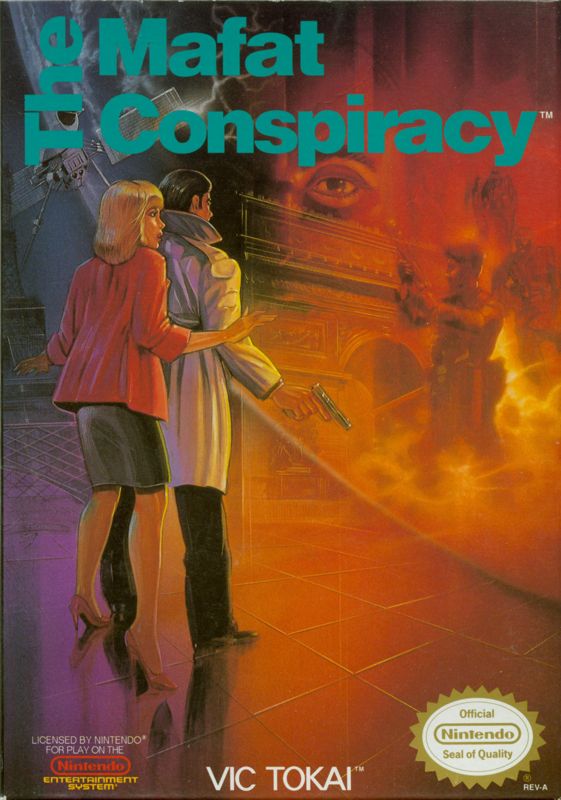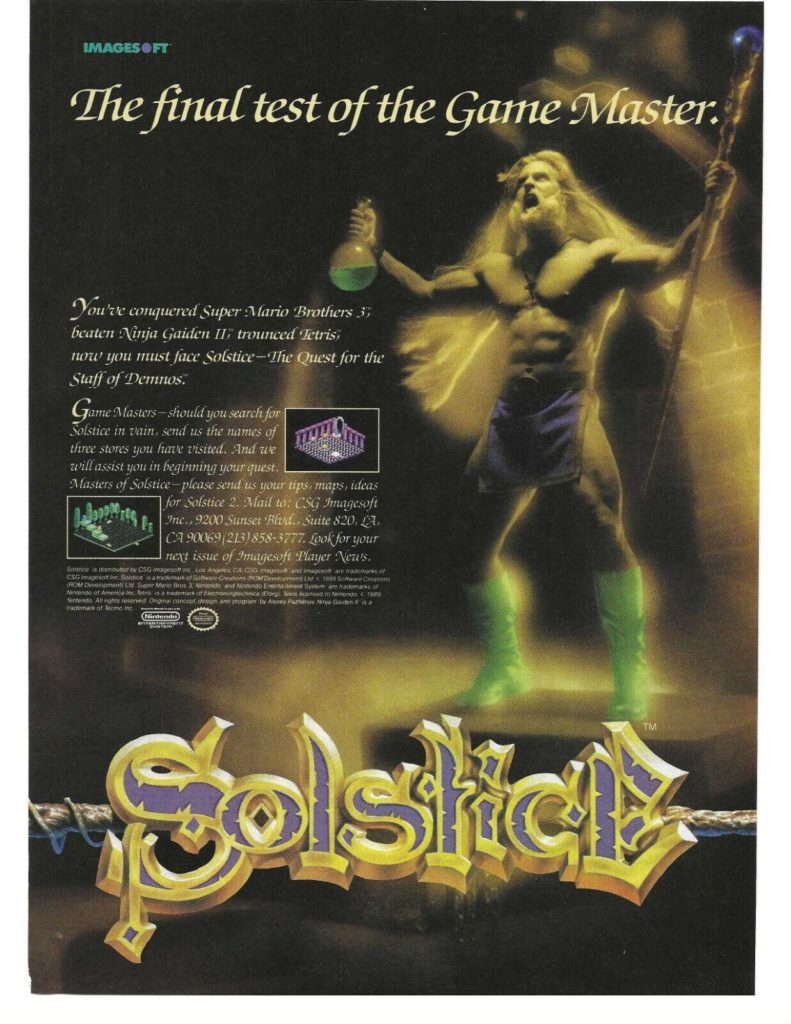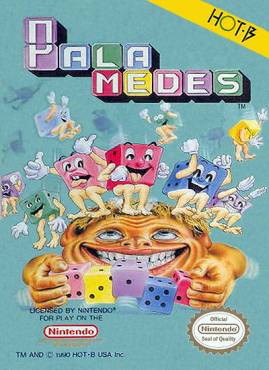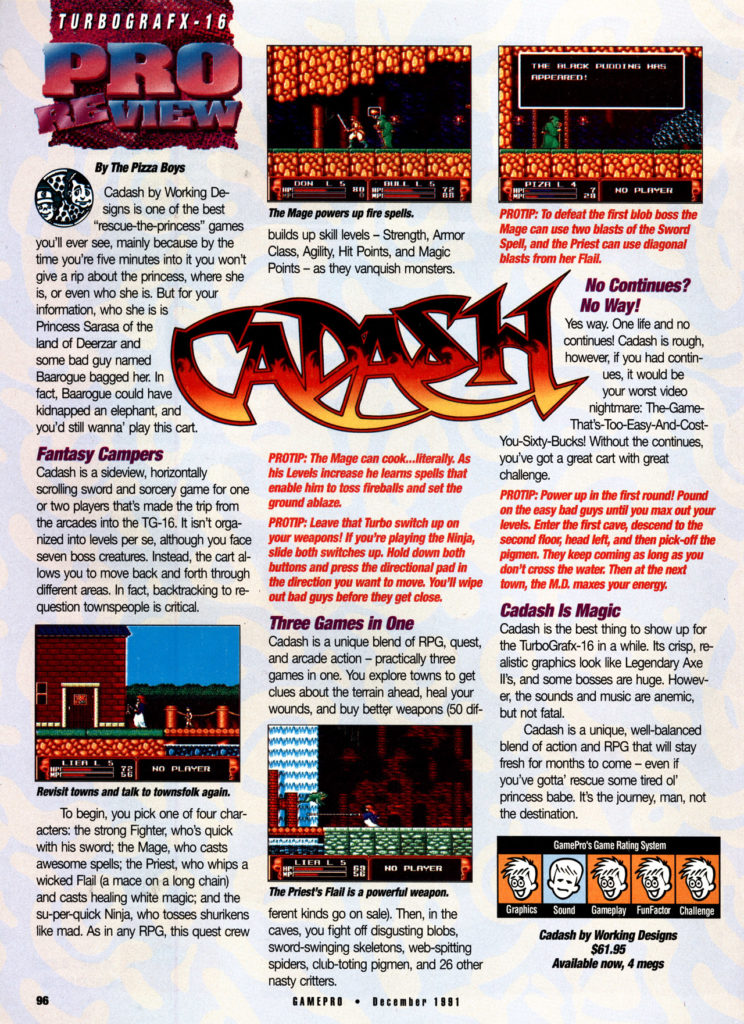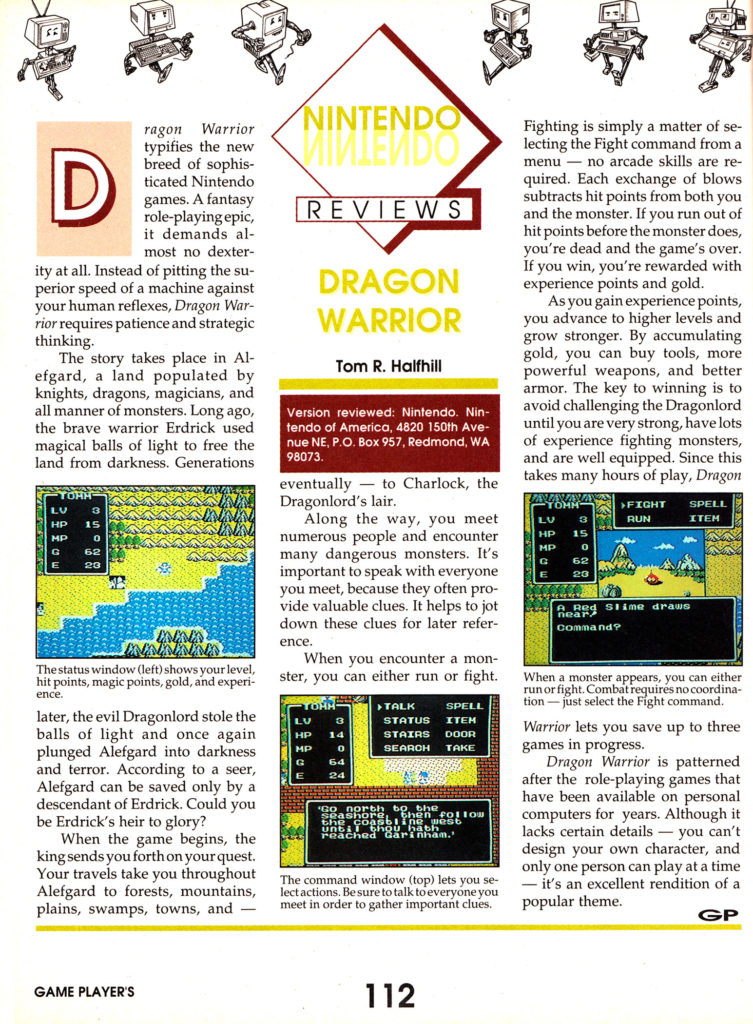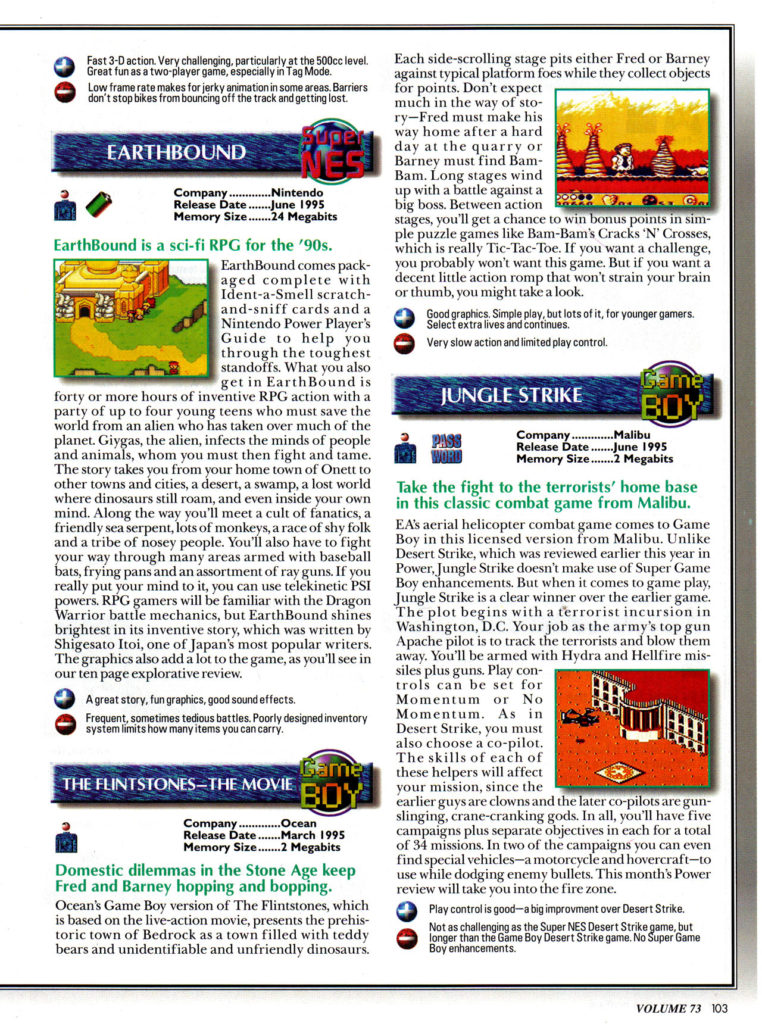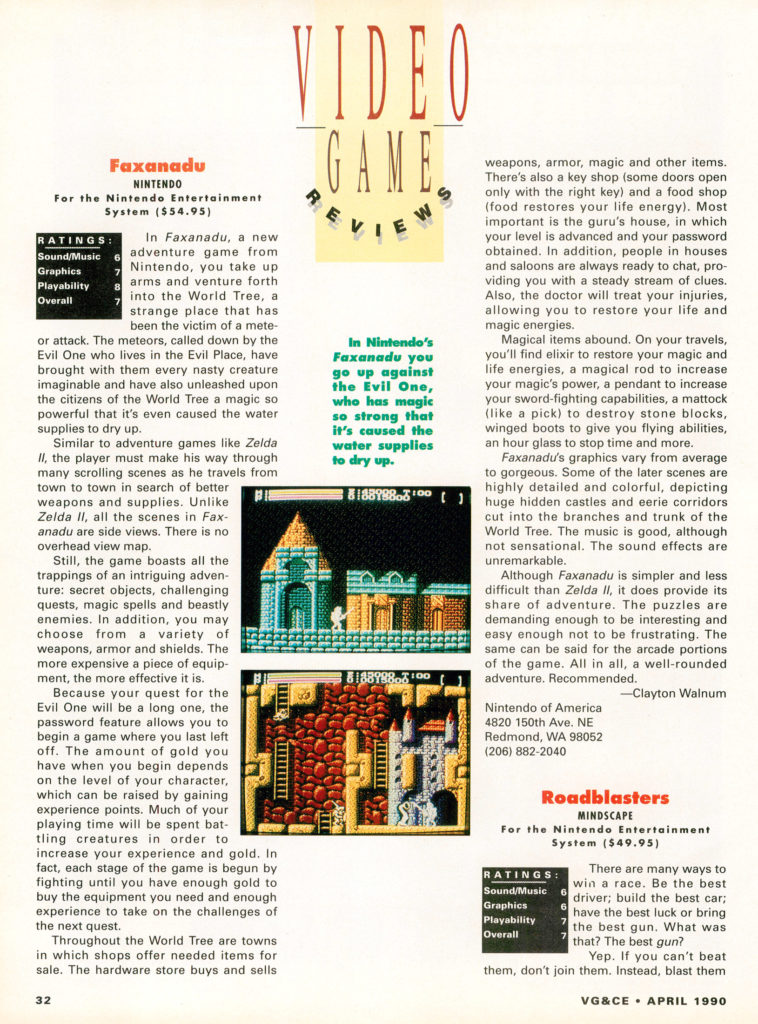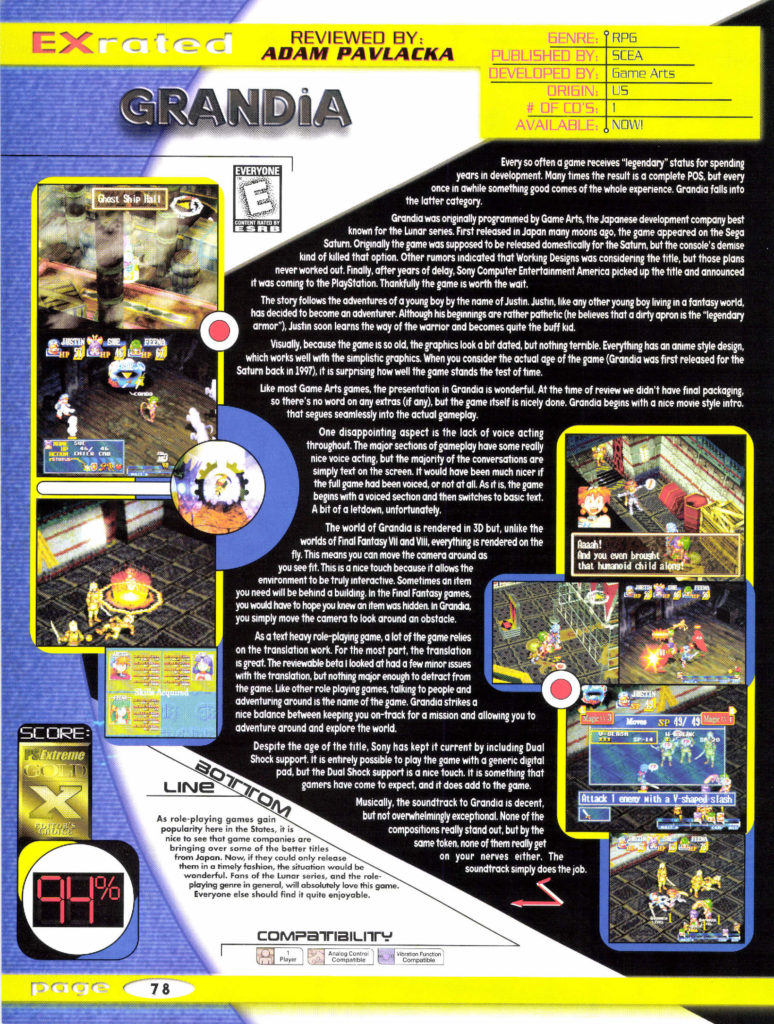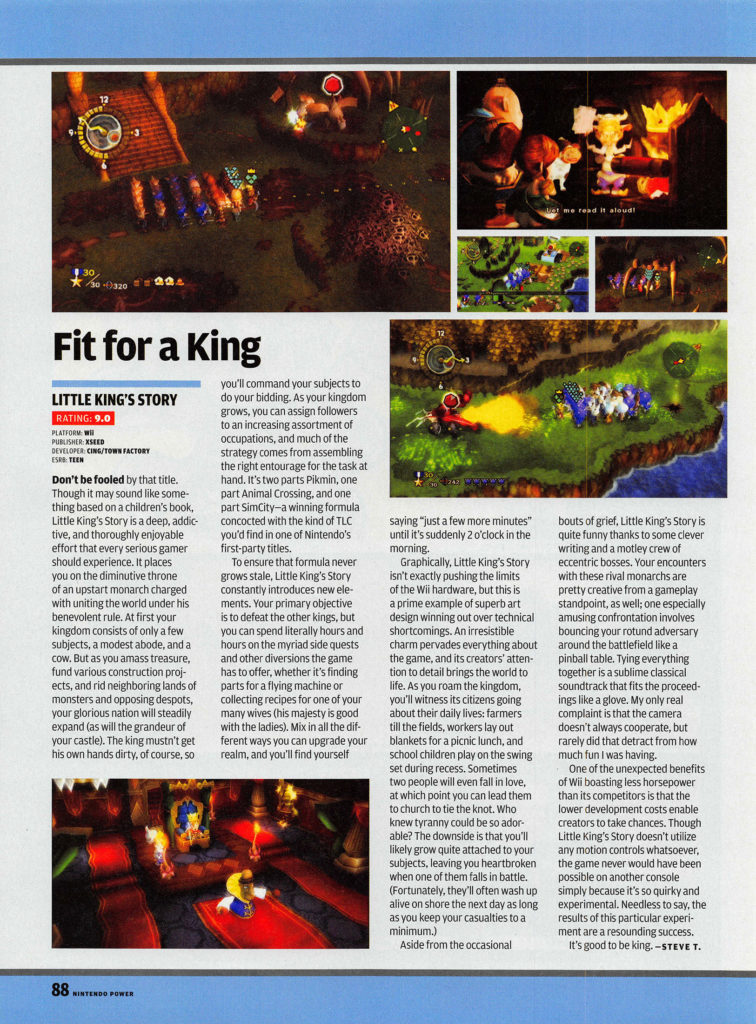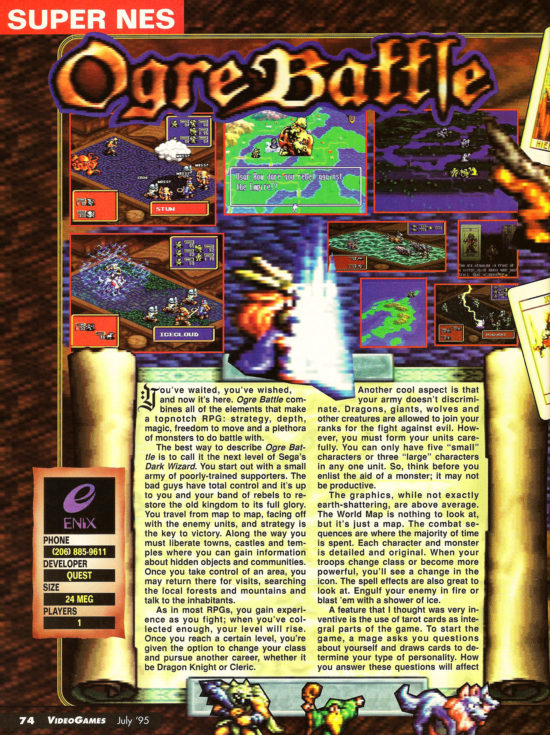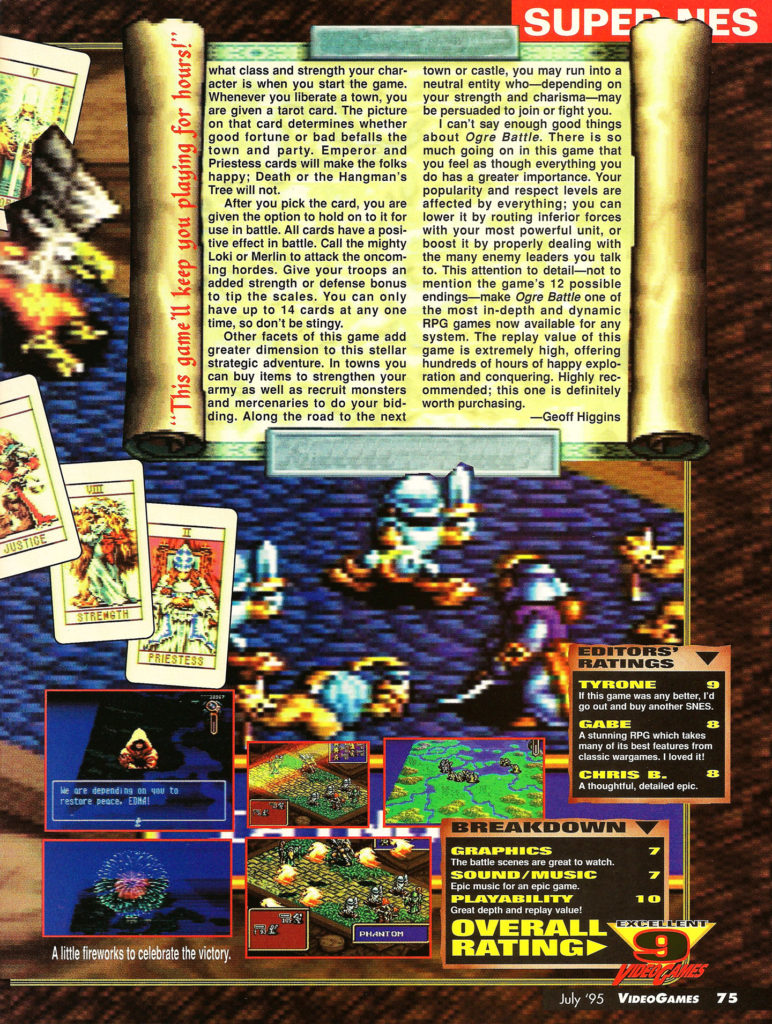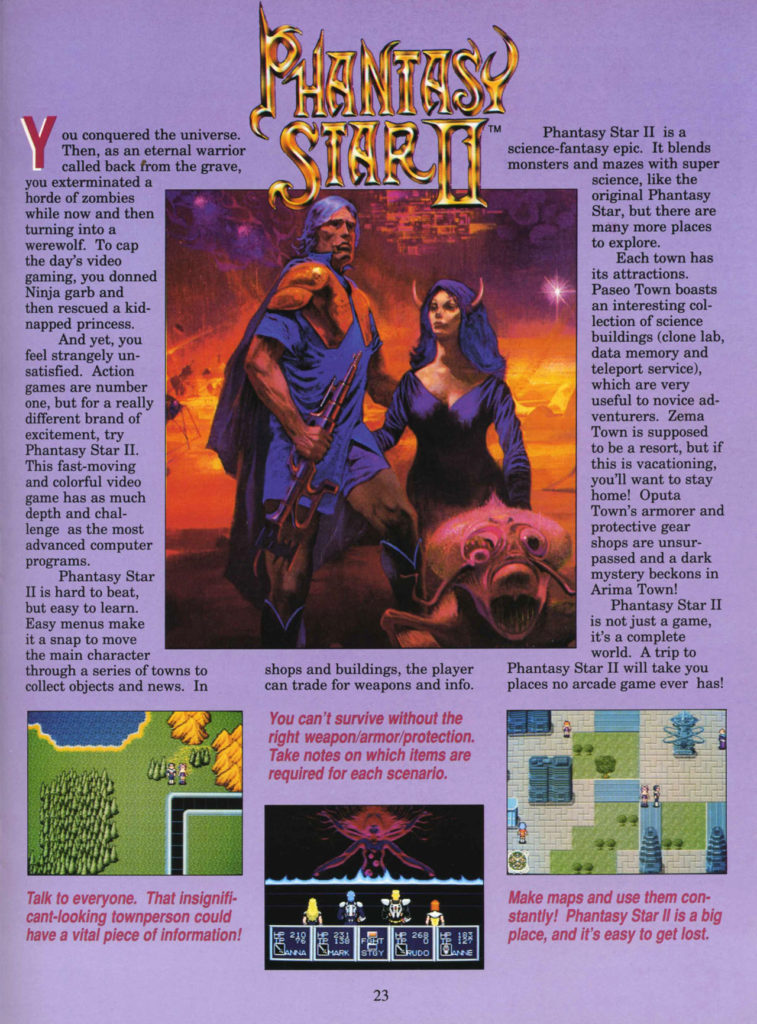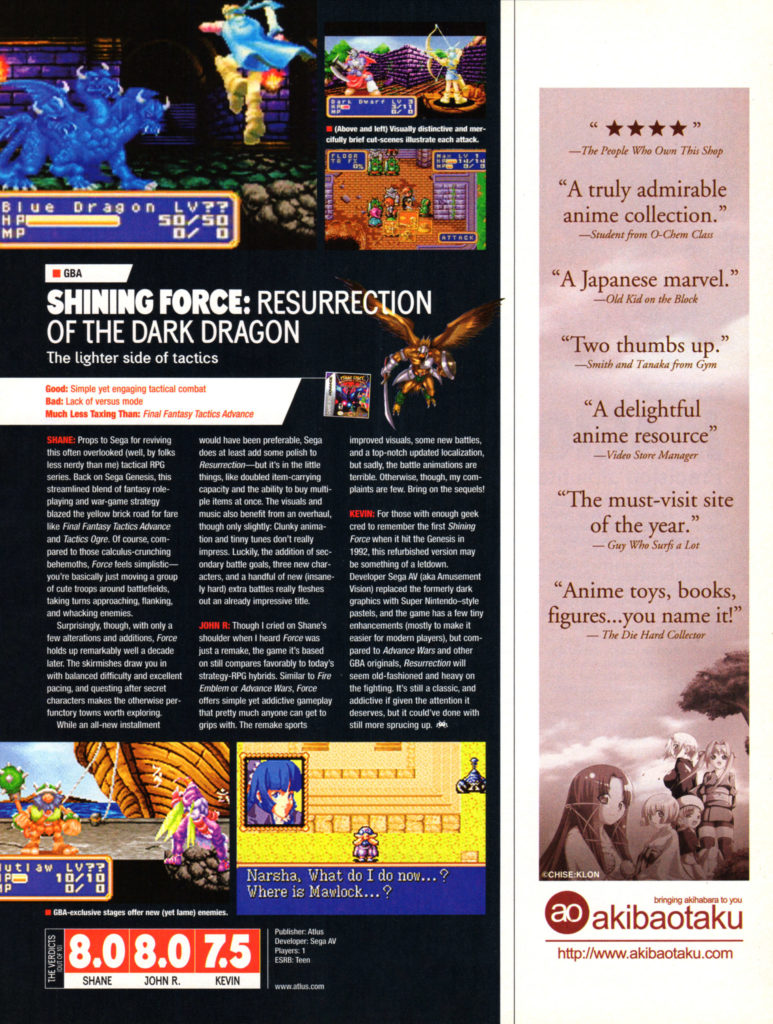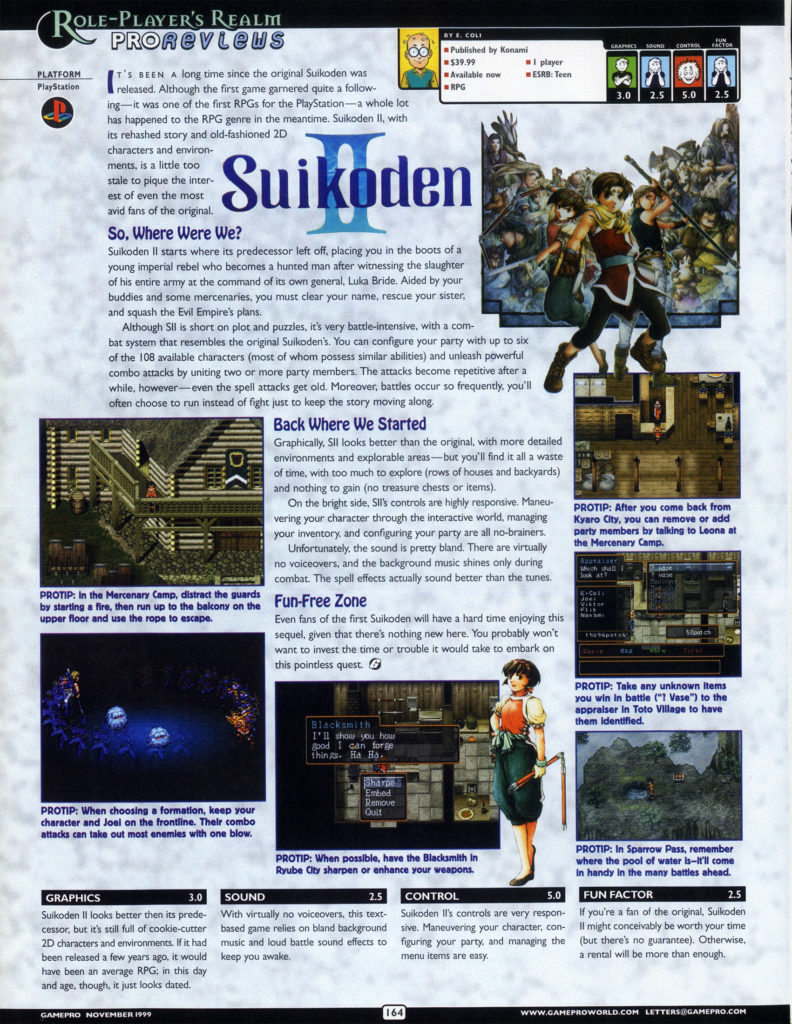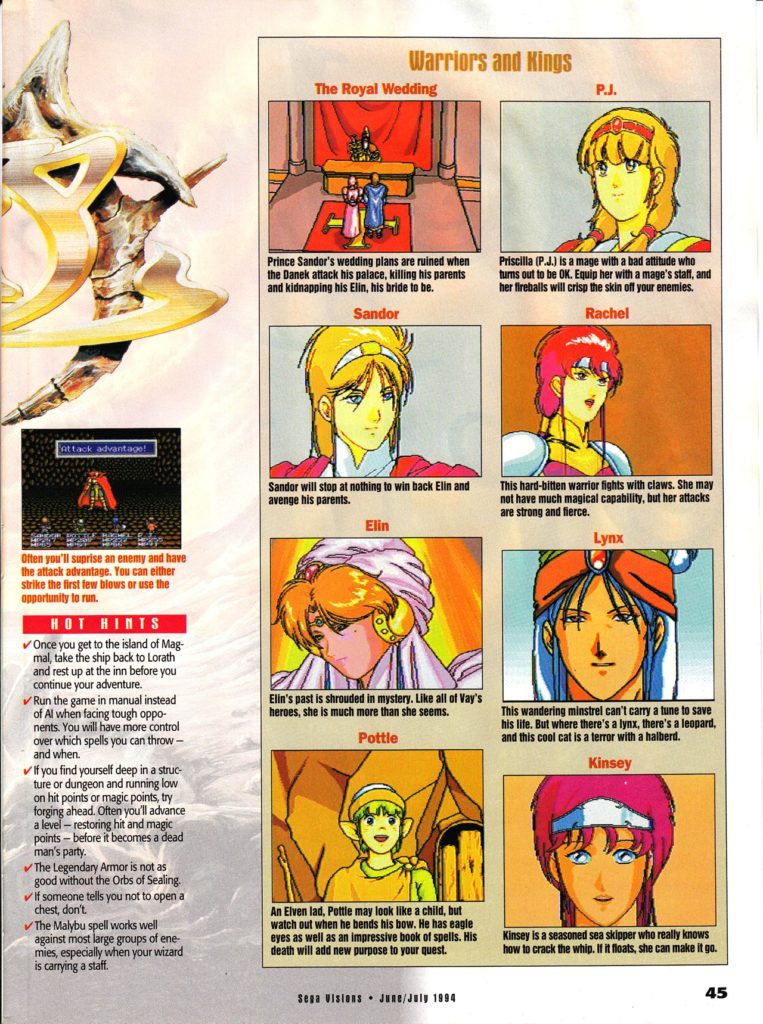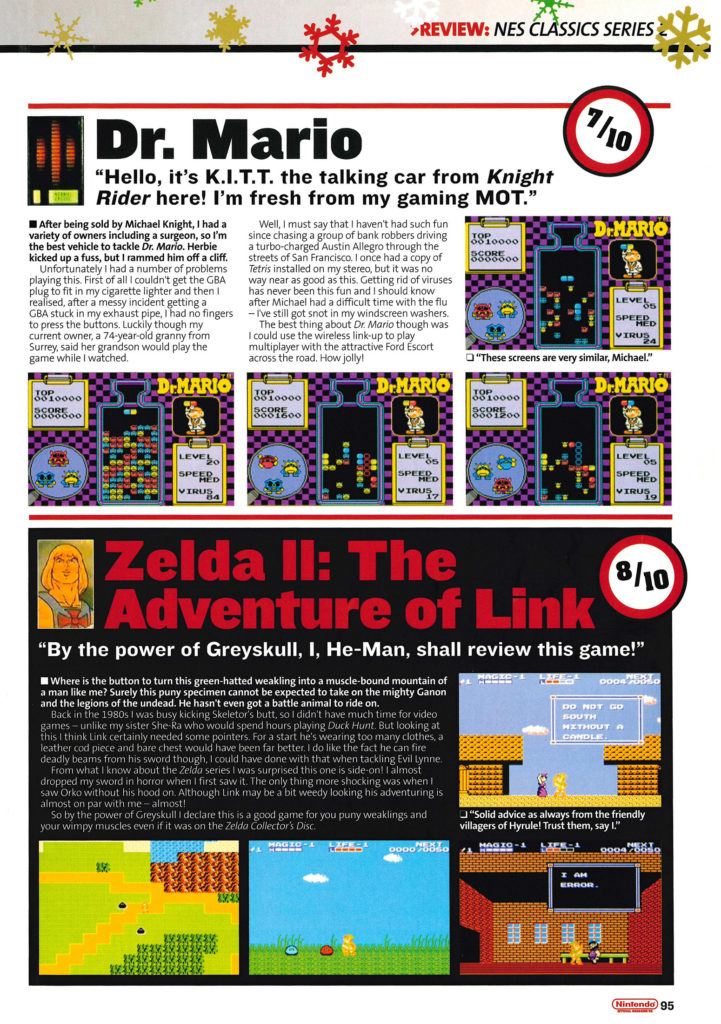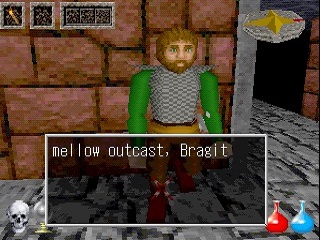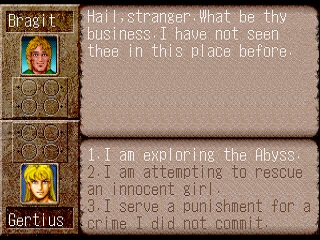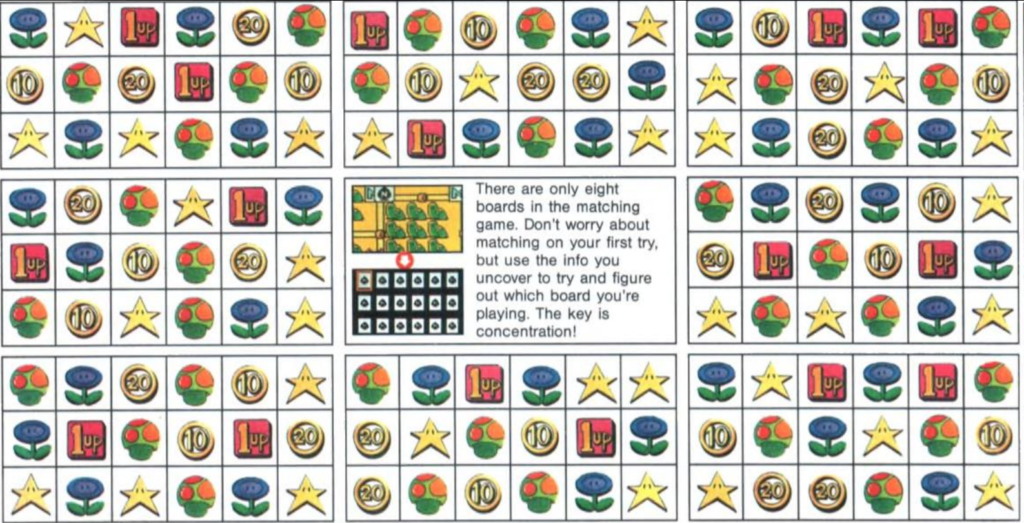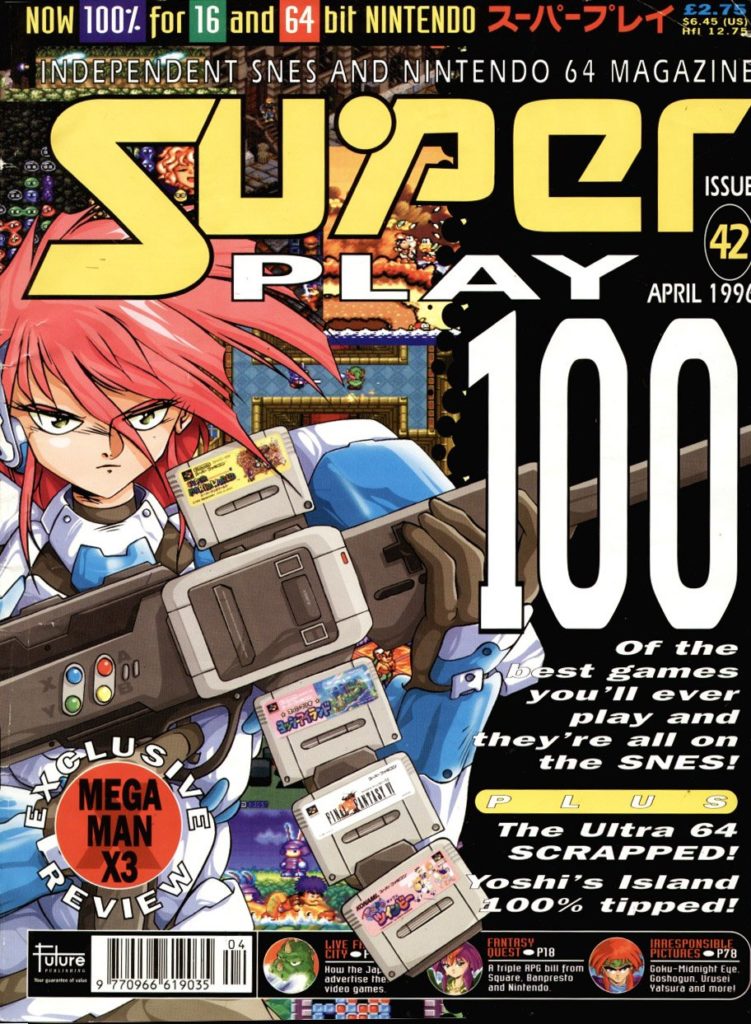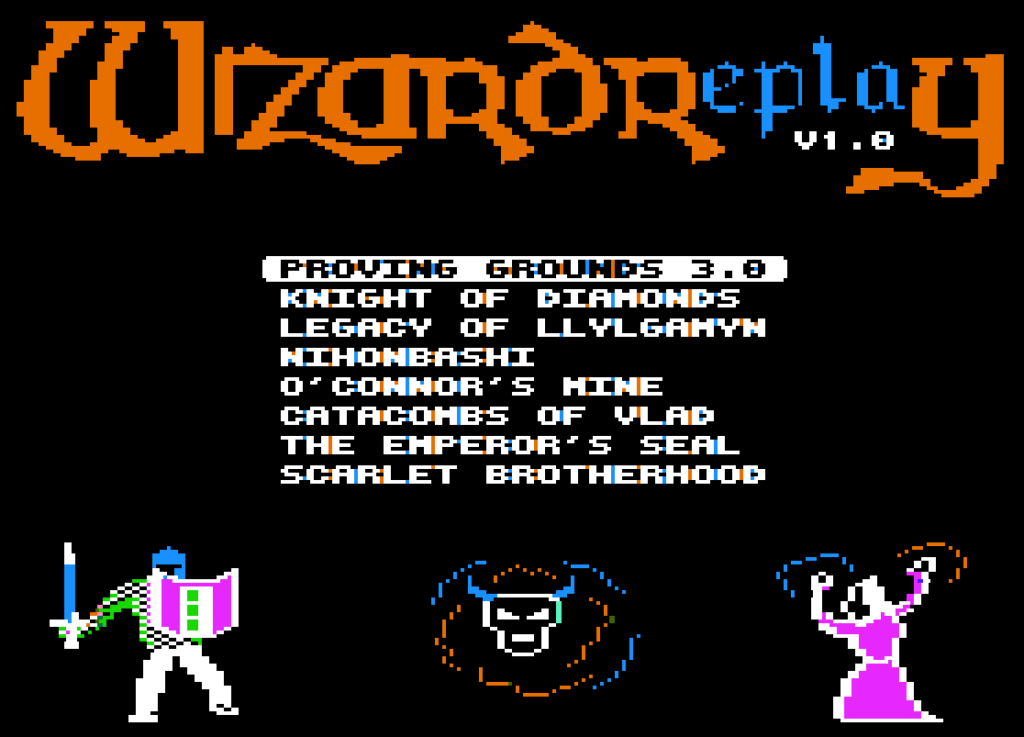
Wizardry used to be the most popular computer game in the world.
It has fallen on hard times recently. Creators SirTech released the terrific Wizardry 8 but then almost immediately closed up. The name is currently owned by a Japanese developer, who make games in the classic style but they’re still quite different, chasing old ghosts instead of trying to adapt the idea for new generations.
A full examination of Wizardry will have to wait for another time, but until then there’s a repackaging of the original Apple II versions available from the Total Replay folks. It’s made to run off of a ProDOS-formatted hard drive, words that themselves form a fearsome incantation, but you can still play it emulated. And should!
It includes an update of the original Proving Grounds of the Mad Overlord, plus the successor scenarios Night of Diamonds and Legacy of Llylgamin, plus five fan-made scenarios. It also includes WizPlus, a character editor, but diehards won’t use that. It’s cheating!
To explain Wizardry in summary, it took the ideas of early Dungeons & Dragons and adapted them to a dungeon exploration simulation with the same kind of theoretical basis. In D&D, if a character dies and there’s no way to revive it, it’s gone: no backsies. And sometimes revivals fail, and the character is gone anyway. And the dungeon in a genuinely treacherous place. If your party wipes, to even try to revive them, you have to create a new party of adventures, take them in, find the deceased party’s corpses in the dungeon, and either use magic to revive them there or drag them back to town to have the Temple of Cant do it.
If this sounds forbidding to current sensibilities, it certainly is! But that’s the point. Because of it, it’s about as close as you can get to traditional RP-gaming as you can get on a computer, even more so that official D&D products. Roguelikes come close, but since you only play as a single character in most of them they still don’t quite fit that electronic bill.
Wizard Replay (Apple II, Internet Archive)

